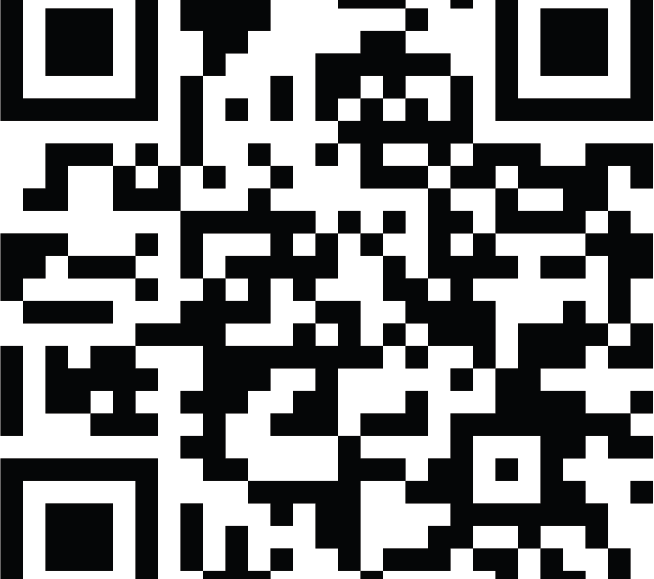
QR codes appear to be another Second Life, a hyped fad that marketers loved and consumers shrugged at. Like virtual worlds, however, QR has its dedicated believers. Digiday asked marketing leaders from Kellogg, Wayfair, Campbell and other brands to weigh in on whether the QR code will find its place in the marketing arsenal or fade away as digital media’s moon boots.
 Bob Arnold, associate director of digital strategy, Kellogg North America
Bob Arnold, associate director of digital strategy, Kellogg North America
We are using QR codes. One of our brands is Crunchy Nut cereal. We use QR codes that link to videos right on the cereal box. We are playing in that space. The reason QR codes got a bad rap is because they were supposed to change the world, and it hasn’t happened. It reminds me of Bluetooth. Everyone thought that wires would be gone, and that has not happened. What’s great about QR codes for the cereal brands specifically is the box is in front of the customer during breakfast, and they are reading the nutrition information and the content on the back of the box. So for a brand like Crunchy Nut, we decided it was a great opportunity for us to leverage our packaging to extend the relationship with consumers.
 Andrew Garcia, media manager, home goods retailer Wayfair
Andrew Garcia, media manager, home goods retailer Wayfair
Tricky question! Eventually we look back on QR technology as an early way we directly tracked customers across the [offline-online] channel barrier. Driving engagement was never a big issue for omnichannel marketers but only recently have we been able to put our finger on the ROI without leaning on geo-exclusion tests or other fuzzy methodologies. Eventually, QR fades, because it gets replaced by the next level of cross-channel tracking. Whether we’re talking about augmented reality (think Google Glass) or something else is a whole other discussion. My feeling is that the next iteration of QR might be free of the “novelty marketing” leash and will simply support existing brand marketing efforts (invisibly) with better tracking behind it. To that end, QR codes as we know them today will pass, while the trend for breaching the digital-physical divide is here to stay.
 Adam Kmiec, director of global digital marketing and social media, Campbell Soup
Adam Kmiec, director of global digital marketing and social media, Campbell Soup
When all you have is a hammer, everything looks like a nail. The problem with QR codes isn’t the QR code itself, it’s often the implementation. This has become such a problem that we now have dedicated Tum-blogs for mocking the implementation of QR codes, by brands. Is this really unexpected though when you consider that the carpenters who are often leveraging QR codes, only understand the tools of TV? A QR code is a tool. It’s an option. You don’t have to use it. The decision to use QR codes should be based on the insights about your audience and your business objective, not because they seem “cool” or “hip.” As a global brand, we’d be remiss if QR codes weren’t part of our connection plans in Asia, where QR code penetration and usage is well over 50 percent. The question shouldn’t be, are QR codes a good marketing option? But instead: Are your QR codes a great way for me to naturally connect with my audience.
 Erich Marx, head of interactive and social media marketing at Nissan
Erich Marx, head of interactive and social media marketing at Nissan
Nissan believes in QR codes, and we’ve seen steadily increasing engagement as we’ve expanded our use of them in printed materials as well as on our actual vehicles in our dealerships. We find QR codes are a valuable source of information that our customers use at our stores to better understand the features, advantages and benefits of our cars.
 Johnna Hoff, a spokeswoman for eBay
Johnna Hoff, a spokeswoman for eBay
QR codes can be a dynamic way to bring consumers closer to products and experiences. eBay’s Red Laser scanning app scans both QR codes and UPC, and eBay has used QR codes in recent campaigns. We’ve found them to be a fun, easy way to make new experiences multi-dimensional, and to provide consumers with additional, often exclusive content that interests them. For example, at the Sasquatch! Music Festival last year, RedLaser teamed with VH1’s May “Artist You Oughta Know,” Fitz and the Tantrums At the festival, fans could scan various QR codes at RedLaser’s booth, giving them the chance to win a meet-and-greet, entry into an exclusive concert or free merchandise, and the ability to immediately “like” the band on Facebook or purchase the band’s album.
More in Marketing

After watching X’s ownership issues play out, marketers brace for TikTok whiplash in 2026
TikTok’s ownership drama has echoes of X (formerly Twitter), but ad performance has kept marketers for fleeing—for now.

‘There’s no room for purists’: Generative AI is altering the agency junior talent search
AI is altering agency business models. It’s altering the skills they’re hiring for and where they’re hiring them from, too.

For platforms, here’s what’s not going to happen in 2026
Rather than the traditional platform predictions, this is a list of what Digiday believes won’t happen next year.





